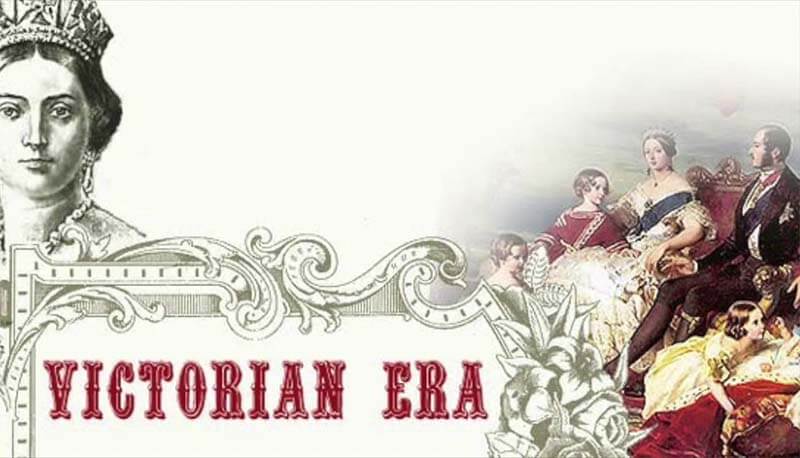Concetti Chiave
- The Victorian Age is characterized by England's wealth and power under Queen Victoria, alongside significant social reforms like the Mines Act and Trade Union Act.
- Despite reforms, there was a stark divide between rich and poor, with many living in dire conditions in urban slums or workhouses.
- Intellectuals and theorists like Carlyle, Mill, Ruskin, Marx, and Engels highlighted the era's social issues, but revolutionary ideas struggled to take hold in capitalist England.
- Charles Dickens is renowned for his social novels, vividly depicting the harsh realities of the Industrial Revolution's impact on the lower class.
- David Copperfield, one of Dickens' notable works, portrays a boy's challenging life journey amidst societal struggles, ultimately finding hope through education and personal growth.
Indice
The Victorian Age: general social aspects
The word "Victorian" derives from queen Victoria, who ruled from 1837 to 1901. In this period England was very rich and powerful and important social reforms for the workers were carried out, like the Mines Act that forbade the employment of women and children in mines. The Emancipation of religious sects, and the Trade Union Act, which legalized the activities of the unions of workers. However there were negative aspects, like the very big difference between the living condition of the various social classes.
There was a lot of poor people that lived in urban slums sited in outskirt near the factories, in bad living conditions.
Poor or orphan children and unemployed people, especially because of the effects of Napoleonic wars, famine and the Swing Riots of 1830, moreover, had to live in workhouses, also called poorhouses, where they could work in exchange for food and hospitality. Anyway, the conditions of these structures were terrible, overcrowded and unhealthy.
The Parliament tried to resolve the problem but the new Poor Law didn't give a solution. There were only two classes in Britain, rich and poor, that lived next to each other but without communication. For this the Prime minister Benjamin Disraeli defined English society as "the two nations". Such people of different cultural sectors as the philosopher Thomas Carlyle, the economist John Stuart Mill, and the art critic John Ruskin were concerned for the problems of working class. Karl Marx and Friedrich Engels gave life to revolutionary theories. But these communist ideas didn't diffuse themselves very much because England was too capitalist and liberalist.
Charles Dickens’ themes and the example of David Copperfield
Charles Dickens’s fame is linked to some of novels such as: David Copperfield, Oliver Twist, Hard Times, Great expectations and The Christmas Carol.Since his main aim was to describe clearly the awful conditions in which humble people had to live in the years of the Industrial revolution, he was considered the father of social novel.
As a matter of fact, his ability to recreate in his novels vivid daily scenes such as indecorous accommodations where poor but numerous families lived, taverns full of drunk works that want to evade from reality, prisons and damp factories, let social problems to emerge so that they can be reported and change can be wished for.
For example, David Copperfield is about the story of the homonymous child whose father died when he was a newborn and he grew up with his mother and his governess. At a certain point his mother married the strict and violent Mr. Murdstone who did not understand David’s lively temperament.
For this reason he was send to study in a college where life was hard but, at the same time, it was given to him the opportunity to become friend with lot of schoolmates.
After David’s mother’s death the child was obliged by his stepfather to work in a factory in Blackfriars but he managed to escape up to Dover where he was hosted by his aunt. She allowed David to complete his studies, also with the help of the lawyer Wickfield.
In this environment he discovered what love his: firstly he married Dora but she died because of an abortion so he got remarried with Agnes that gave birth to four children.
Domande da interrogazione
- Quali furono alcune delle riforme sociali importanti durante l'età vittoriana?
- Quali erano le condizioni di vita dei poveri durante l'età vittoriana?
- Come Charles Dickens ha contribuito a evidenziare i problemi sociali del suo tempo?
- Qual è la trama principale di "David Copperfield" di Charles Dickens?
- Perché le idee comuniste di Marx ed Engels non si diffusero molto in Inghilterra durante l'età vittoriana?
Durante l'età vittoriana, furono attuate importanti riforme sociali come il Mines Act, che proibiva l'impiego di donne e bambini nelle miniere, e il Trade Union Act, che legalizzava le attività dei sindacati dei lavoratori.
I poveri vivevano in condizioni terribili, spesso in baraccopoli urbane vicino alle fabbriche o in workhouses sovraffollate e malsane, dove lavoravano in cambio di cibo e ospitalità.
Charles Dickens, considerato il padre del romanzo sociale, ha descritto vividamente le condizioni di vita terribili delle persone umili durante la Rivoluzione Industriale nei suoi romanzi, facendo emergere i problemi sociali e auspicando un cambiamento.
"David Copperfield" narra la storia di un bambino orfano di padre che cresce con la madre e la governante, affronta un patrigno violento, e dopo varie difficoltà, trova amore e successo grazie all'aiuto della zia e di un avvocato.
Le idee comuniste di Marx ed Engels non si diffusero molto in Inghilterra perché il paese era troppo capitalista e liberale, nonostante le preoccupazioni per i problemi della classe lavoratrice.








 Accedi a tutti gli appunti
Accedi a tutti gli appunti
 Tutor AI: studia meglio e in meno tempo
Tutor AI: studia meglio e in meno tempo